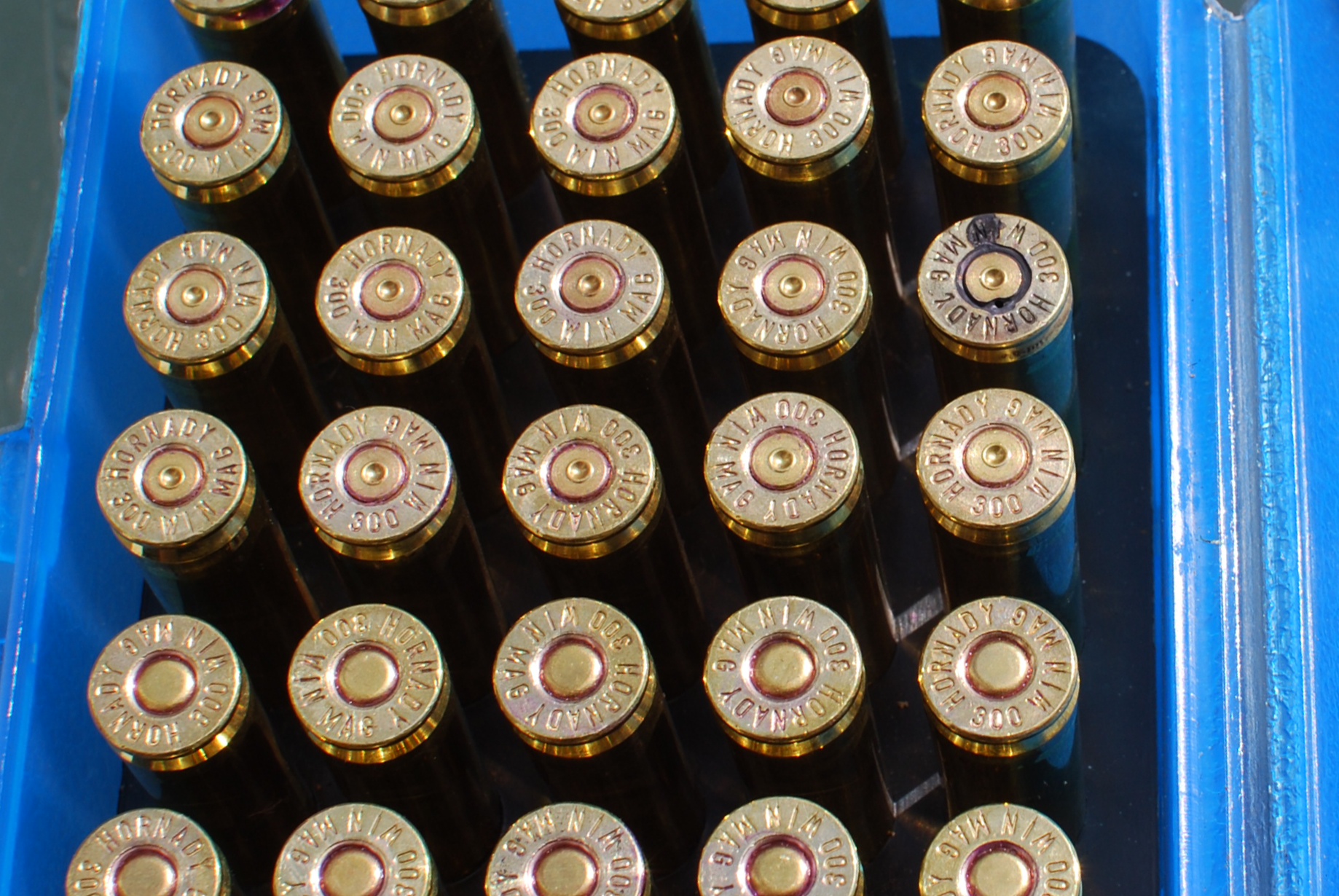I had a primer rupture today and I am on a quest to find out why.
The load:
300 Win Mag
Hornady once fired brass
Neck turned (wall thickness of 0.012")
Neck sized (0.329" neck bushing > 0.0025" of interference with bullet)
Primer pocket trued (depth of 0.131" +/- 0.0005")
Flash hole uniformed to 0.080" & chamfered inside and out
Case trimmed to 2.608" & chamfered inside and out
Winchester WLRM primer set by hand
Markron primer sealer applied after seating
65.0 grains of IMR 4350 (trickled)
Nosler Accubond 200 grain set 0.050" off lands
3.5265" COL
No crimp
The rifle is a Hill Country Harvester Plus (24" bbl, R700 action). The bore condition was 161 shots and in copper equilibrium. The bolt face is now eroded where the gases escaped.
The loads first ten loads chronographed at 2766 fps with a standard deviation of 8.6 fps (82F). The 11th shot ruptured the primer and it chronographed at 2715 fps. I shot the following 4 cartridges before I noticed the brass. And no, the cartridges were not sitting in the sun.
Can anyone venture a guess as to what caused this? Any input on how to avoid this in the future? I am a bit concerned about this. Thanks.


The load:
300 Win Mag
Hornady once fired brass
Neck turned (wall thickness of 0.012")
Neck sized (0.329" neck bushing > 0.0025" of interference with bullet)
Primer pocket trued (depth of 0.131" +/- 0.0005")
Flash hole uniformed to 0.080" & chamfered inside and out
Case trimmed to 2.608" & chamfered inside and out
Winchester WLRM primer set by hand
Markron primer sealer applied after seating
65.0 grains of IMR 4350 (trickled)
Nosler Accubond 200 grain set 0.050" off lands
3.5265" COL
No crimp
The rifle is a Hill Country Harvester Plus (24" bbl, R700 action). The bore condition was 161 shots and in copper equilibrium. The bolt face is now eroded where the gases escaped.
The loads first ten loads chronographed at 2766 fps with a standard deviation of 8.6 fps (82F). The 11th shot ruptured the primer and it chronographed at 2715 fps. I shot the following 4 cartridges before I noticed the brass. And no, the cartridges were not sitting in the sun.
Can anyone venture a guess as to what caused this? Any input on how to avoid this in the future? I am a bit concerned about this. Thanks.




